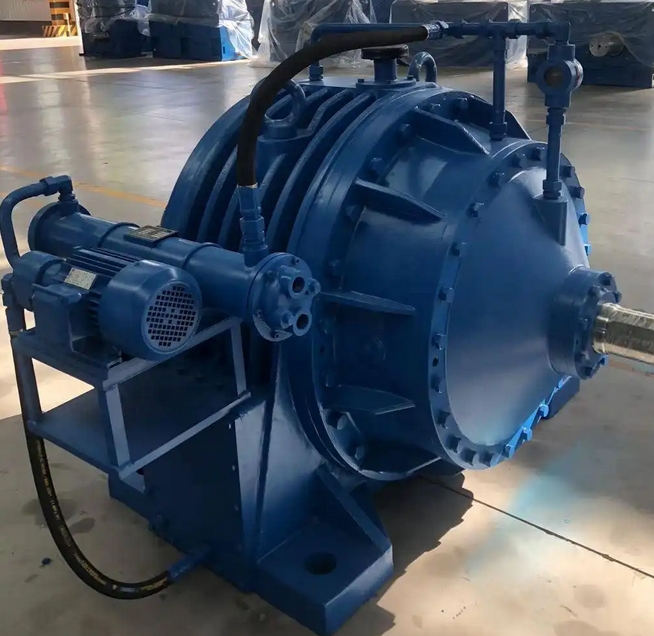After foundation settlement, what inspections and maintenance are required for the NBD560-112 planetary reducer?
After the foundation settlement, the NBD560-112 planetary gearbox needs to undergo the following comprehensive inspection and maintenance:
Appearance and installation inspection

Shell inspection: Check for obvious cracks, deformation, or damage to the gearbox shell. If there are cracks, it may cause oil leakage or a decrease in strength; Deformation may affect the normal operation of internal components.
Installation connection inspection: Check whether the connecting bolts between the reducer, motor, and load equipment are loose or displaced, and whether the coupling is well aligned. Foundation settlement may cause misalignment or loosening of the connecting parts. If the connecting bolts become loose, it can lead to unstable transmission and even cause safety accidents; Misalignment of the coupling will increase the vibration and wear of the equipment.
Basic fixing inspection: Check whether the foundation fixing bolts of the reducer are tightened, whether there are cracks or uneven sinking on the foundation surface. If the foundation is not firmly fixed, it will affect the stability of the gearbox, exacerbate equipment vibration and wear.
Lubrication system inspection
Oil level check: Cut off the power, wait for the gearbox to cool down, remove the oil level plug, and check if the oil level is within the normal range. Excessive oil level may cause an increase in oil temperature and oil leakage; If the oil level is too low, it will cause insufficient lubrication of components such as gears and bearings, accelerating wear.
Oil quality inspection: Open the drain plug, take an oil sample, check the viscosity index and cleanliness of the oil, and check for metal shavings, impurities, or moisture. If the oil is cloudy, deteriorated or has metal shavings, it indicates that there may be wear or other faults inside, and it is necessary to replace the lubricating oil in a timely manner and further investigate the cause of wear.
Lubrication system component inspection: Check whether the lubrication system components such as oil pump, oil filter, and oil pipe are working properly, and whether there are any blockages, leaks, or other issues. If there is a malfunction in the lubrication system components, it will affect the supply and circulation of lubricating oil, leading to equipment overheating and increased wear.
Gear and bearing inspection
Gear inspection: If possible, some components can be disassembled to check the meshing condition of the gears, the degree of wear on the tooth surface, and whether the backlash is within the normal range. Observe whether there are defects such as cracks, peeling, and wear on the tooth surface, measure parameters such as tooth thickness and pitch of the gear, and determine whether they exceed the tolerance range. Gear wear can lead to a decrease in transmission accuracy, increased noise, and in severe cases, tooth breakage, which affects the normal operation of the equipment.
Bearing inspection: Check the operating condition of the bearing, including clearance, rotational flexibility, and whether there are any abnormal noises or heating. You can use a feeler gauge to measure the bearing clearance, and rotate the inner ring of the bearing by hand to feel if it rotates smoothly. Bearing damage can lead to increased equipment vibration and noise, and may even cause poor gear meshing, accelerating gear wear.

